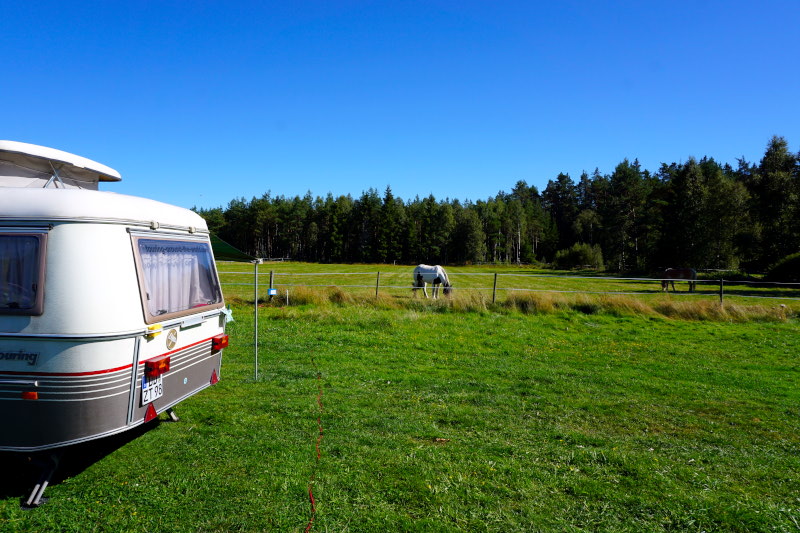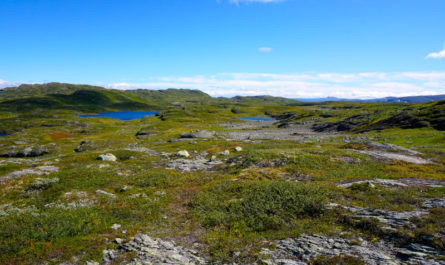We now wanted to discover the south-west of Sweden (deliberately left out at the beginning of our trip). The first starting point was Trollhättan. On the way, we stopped in Brastad at another Bronze Age rock carving. The large person with a hammer is called a “cobbler”, but it is probably a representation of the weather god.
The following day, we went on a short hike in the Brobacka nature reserve to look at various forms of glacier mills. Afterwards we drove to the ruins of Bohus fästning. An important Norwegian fortress directly at the former Norwegian-Swedish border river Göta älv. We then continued on to the nice-looking Torskrogs slott. In Trollhättan itself, the church built in neo-Gothic style caught our interest. The opposite döda fallet of the Göta älv is “flooded” briefly every afternoon in summer to show tourists the original course of the water. Unfortunately, we were unlucky during our stay and did not get to see it. 🙁 At the end of August, the spectacle is only offered every three to four days (current dates are always available on the city website).


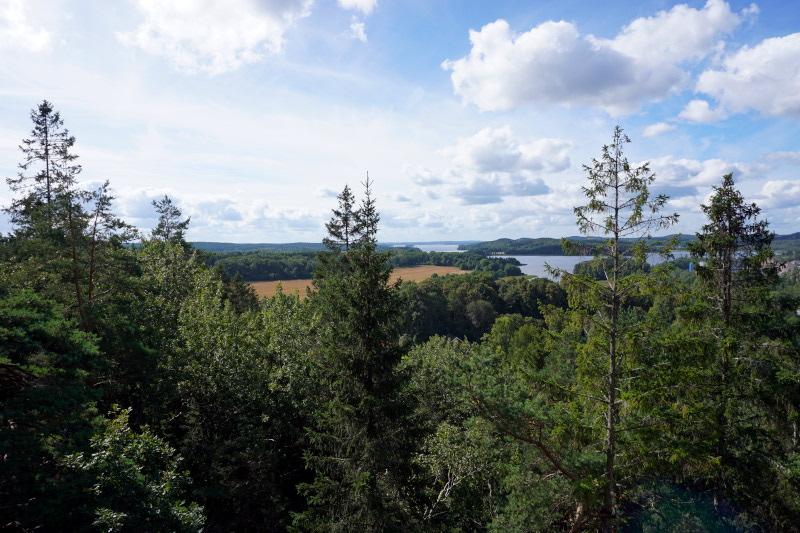

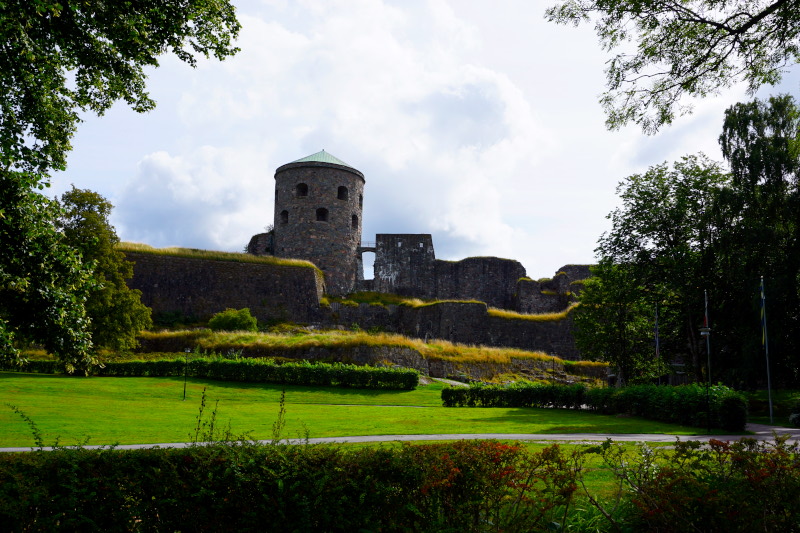


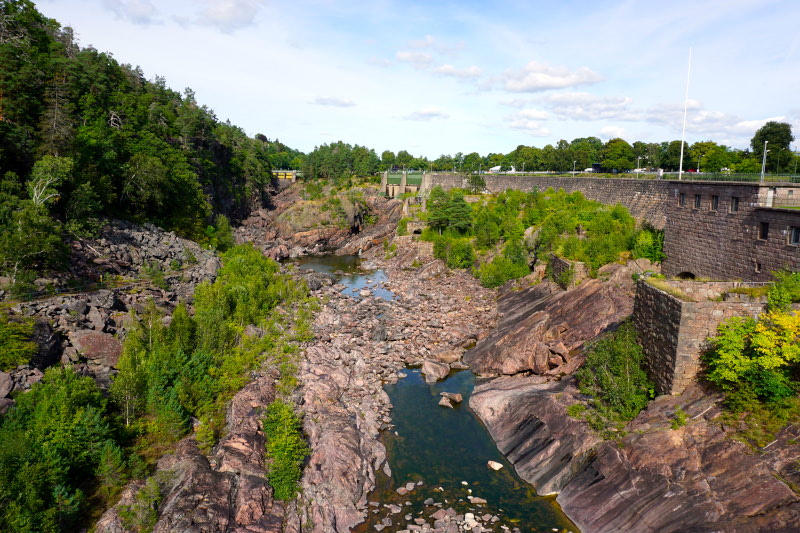

The following day we took a trip to Lake Vänern, Sweden’s largest lake. After a short stop at the baroque castle Läcko slott, we drove to the fishing village Spiken and had smoked salmon in lemon pepper for lunch. Full of energy, we then hiked to the 5 km long headland Hindens rev. This is a terminal glacier of the last ice age, easily recognisable by the almost round stones in all possible sizes. At its end it “disappears” into the lake, but continues below the water surface as a reef and reappears on the other shore.
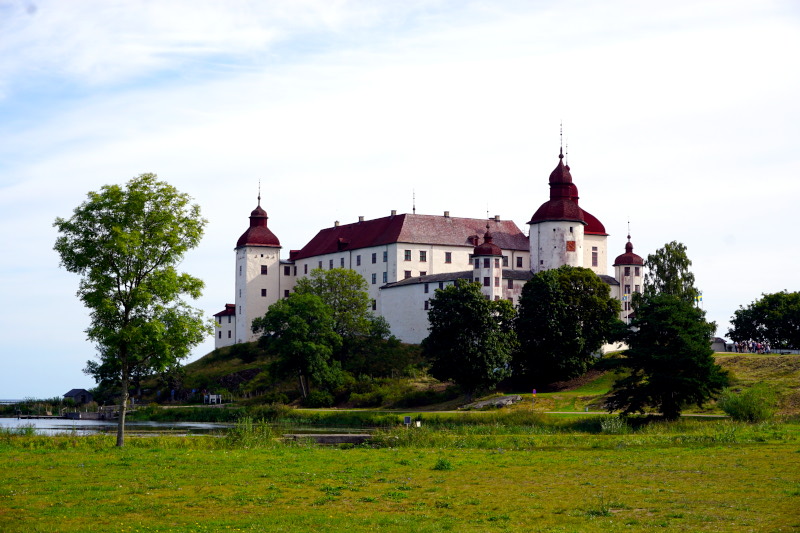




Our next destination was the Store Mosse (Great Moor) National Park and its many hiking trails. A campsite in the immediate vicinity was therefore the optimal choice. But apart from the location, the ambience was fantastic. Thanks to the horse paddock in front of the caravan door and grazing sheep right next to it, it felt like a “holiday on the farm” 😉
The next few days we hiked various rounds through marsh, fen and raised bog areas and also around Lake Kävsjön. Thanks to information boards (as in almost every Swedish national park/nature reserve) we learned interesting things about the flora and fauna of this protected area. Here, for example, we learned that a raised bog is fed only by precipitation, while the plants in a low bog also get their water from the groundwater.


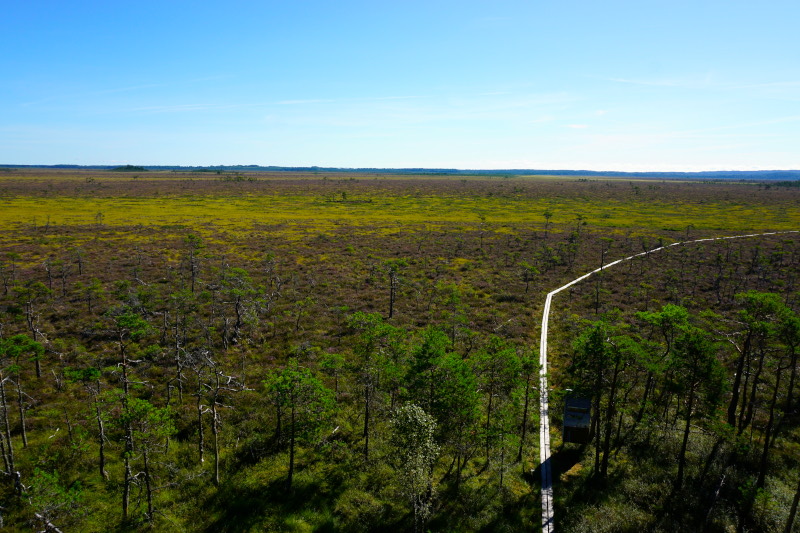

From the next campsite we walked into the town of Falkenberg. Here is one of the few remaining stone bridges from Sweden, the so-called Tullbron. It was built in 1756 and until the beginning of the 19th century the crossing for pedestrians and horses still cost tolls. While strolling through the manageable town centre, we discovered a very interesting sculpture on the corner of a house in addition to the architecturally imposing church.



We spent the lunch break of the connecting stage to Söderåsen National Park within sight of the baroque manor house Skottorps slott. However, like many such buildings in the south, it is privately owned, so we were not able to see it up close.
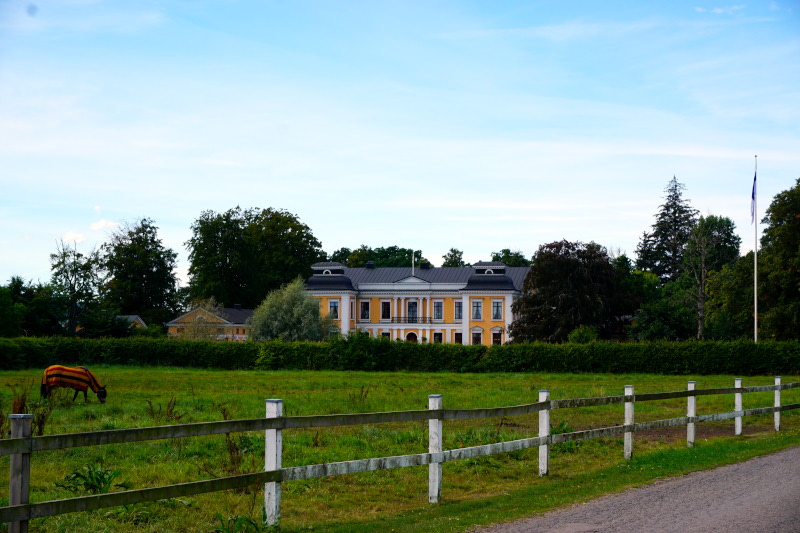

We completed two interesting and varied hikes (one we could even start directly from the campsite) in the national park over the next few days. The valley was formed when the European continental plate collided with the African continental plate and was further shaped by the ice ages. Not only were the tops of the ridges “rounded” and left as boulders at the bottom of the valley, but also some of the previously steep rock cliffs broke open. We were also able to visit a volcano that is over 110 million years old. Even though we could already get a good idea of the crater despite the forest, the basalt columns (this rock is formed when basalt lava cools) were irrefutable proof of the past volcanic activity at this location.

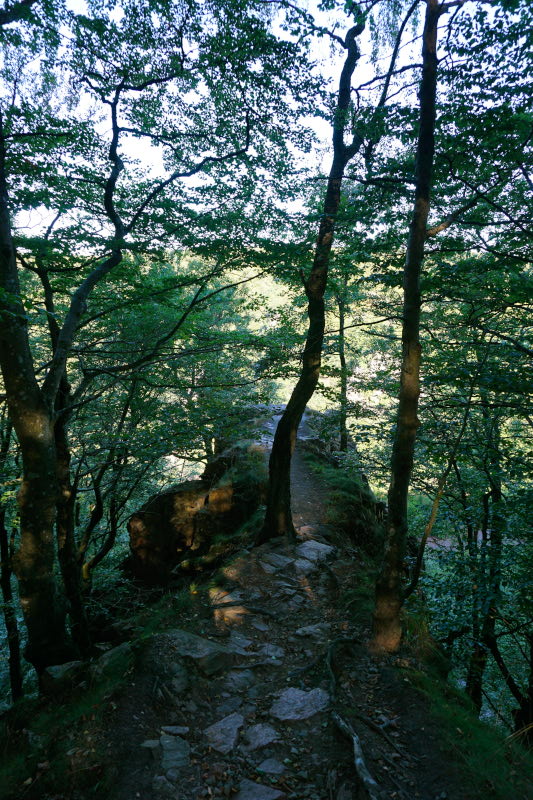



In the surrounding area we visited the Hovdala slott. A manor house more than 500 years old, which, due to its proximity to the border, was extended in the past centuries with a massive tower including a castle gate and a moat. In the forest behind it, we could still see the ruins of the library of the last owner of the castle, which was never completed. After a stop at Trolleholms Slott, we treated ourselves to a dessert speciality of the southern Swedish region of Skåne. The spettkaka (spit cake) is made similar to a baumkuchen and consists of eggs and sugar as well as wheat & potato flour. The taste, however, is very reminiscent of egg biscuits.

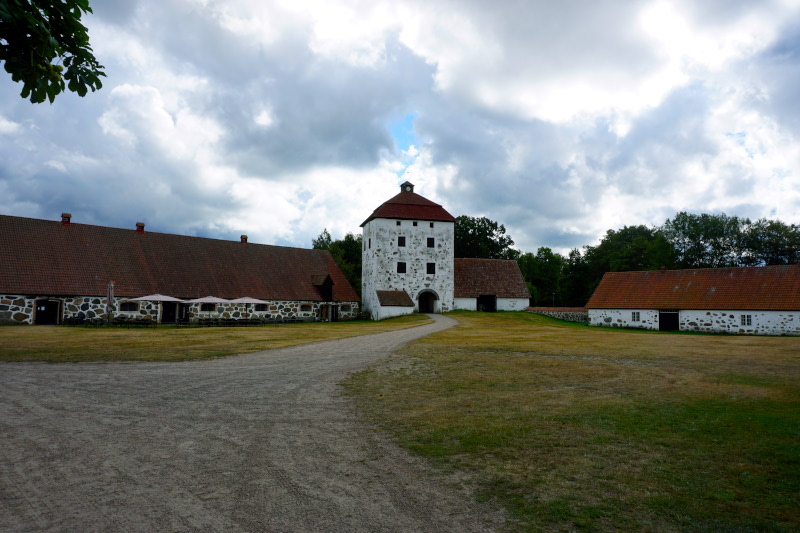
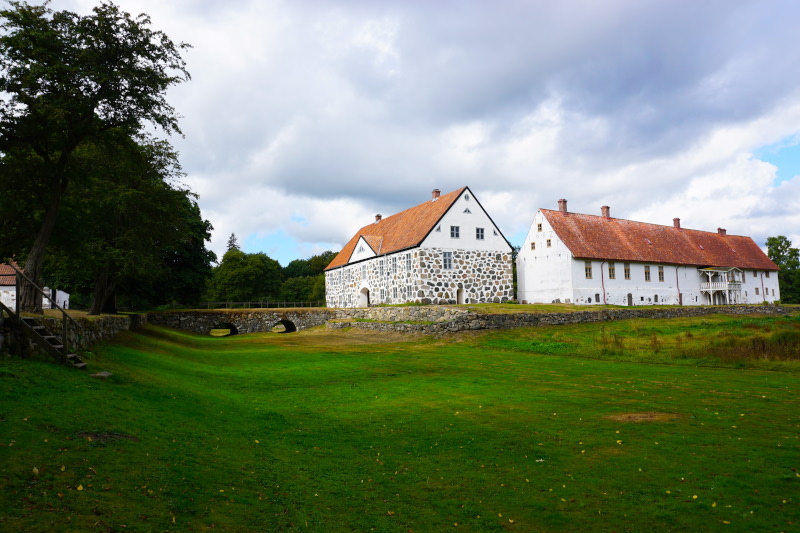


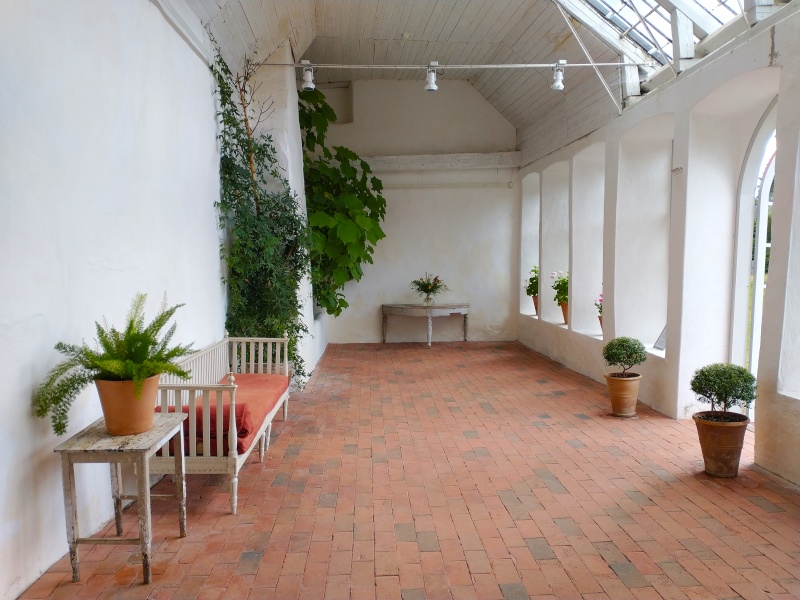

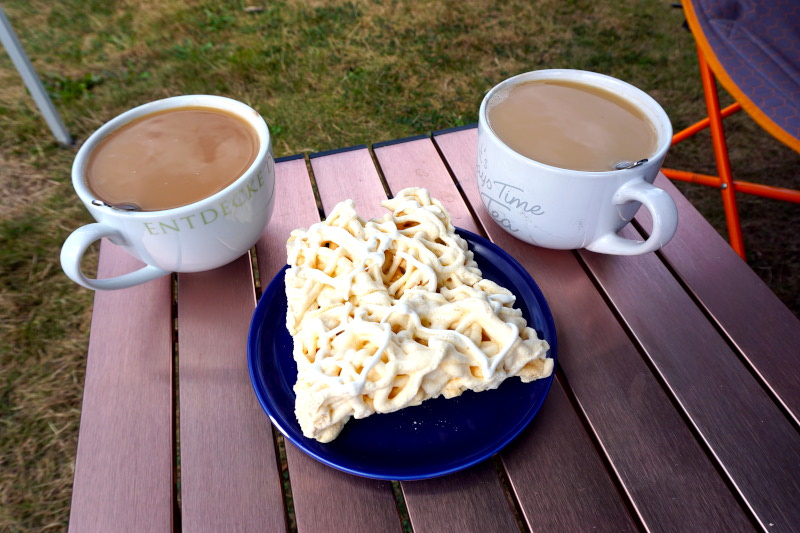
Our last stop on a Swedish site was right near Helsingborg. On the way we “discovered” Knutstorps Borg, birthplace of the astronomer Tycho Brahe. One of the most important astronomers, who carried out his observations without a telescope (which was only invented 7 years after his death). He also worked with Johannes Kepler, among others, who received Brahe’s record after his death and later established Kepler’s laws.


The following day we visited the centre of Helsingborg. The towering Kärnan, keep of the former fortress, and the town hall were the most interesting sights of the city for us.





To start the following day, we took a 2.3 km walk in Dalby Söderskog, Europe’s smallest national park. This meant that we had actually seen the full extent of the park. Afterwards we drove to the university town of Lund and visited the botanical garden and the oldest cathedral in Scandinavia. Unfortunately, the cathedral was being restored and was therefore almost completely covered in scaffolding. We were able to see the inside of the bishop’s residence without any restrictions. The astronomical clock and the crypt were particularly impressive. And thanks to our parking space in a residential area, we got to talk to a local resident. He had once been involved in a joint Scandinavian-German project near our home town of Dresden. Our last stop was at the Landskrona Citadel. It was a strategically important fortress in the Nordic War because of its location at a natural deep-sea harbour.
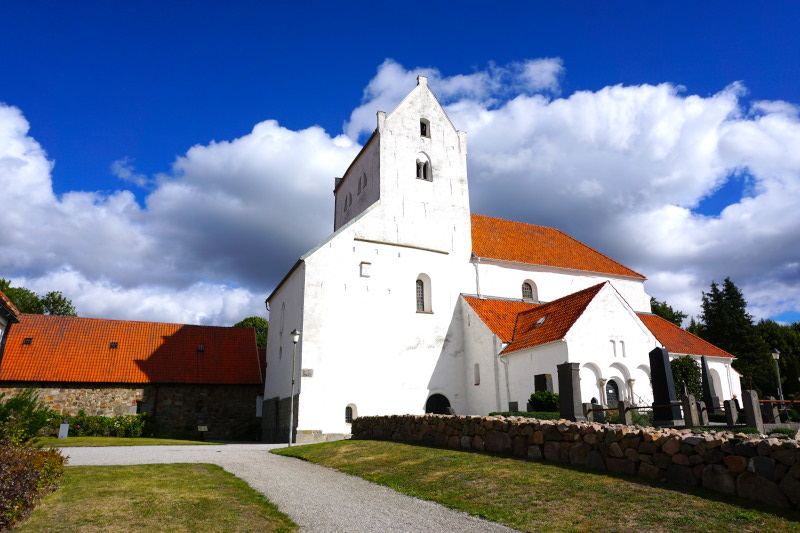

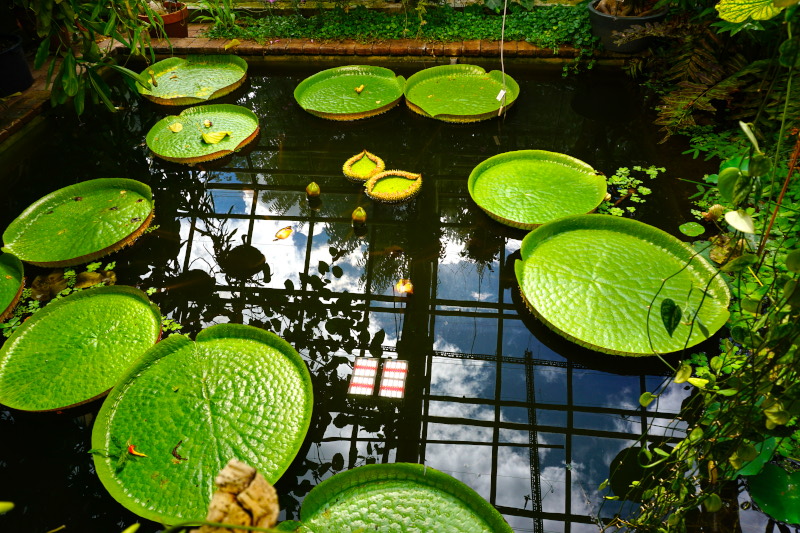
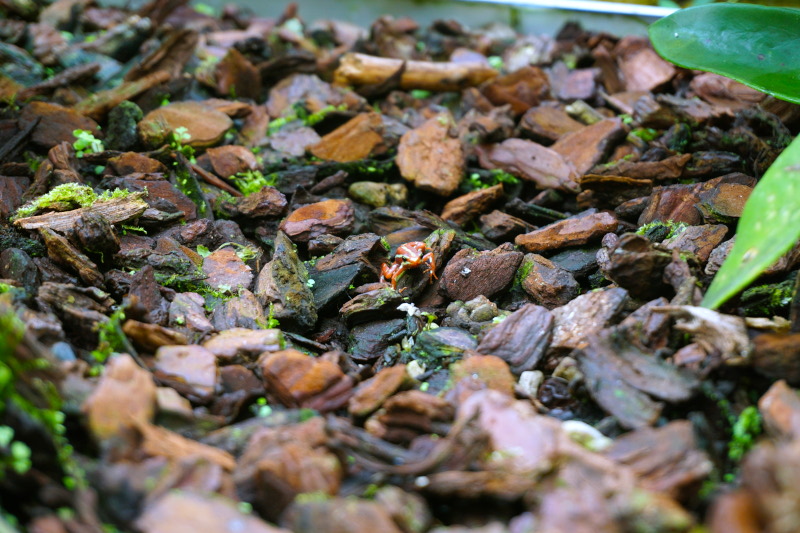

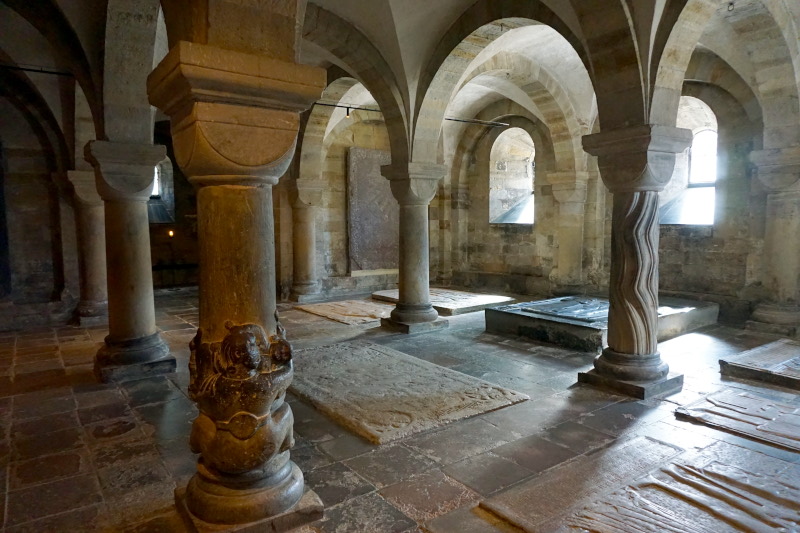





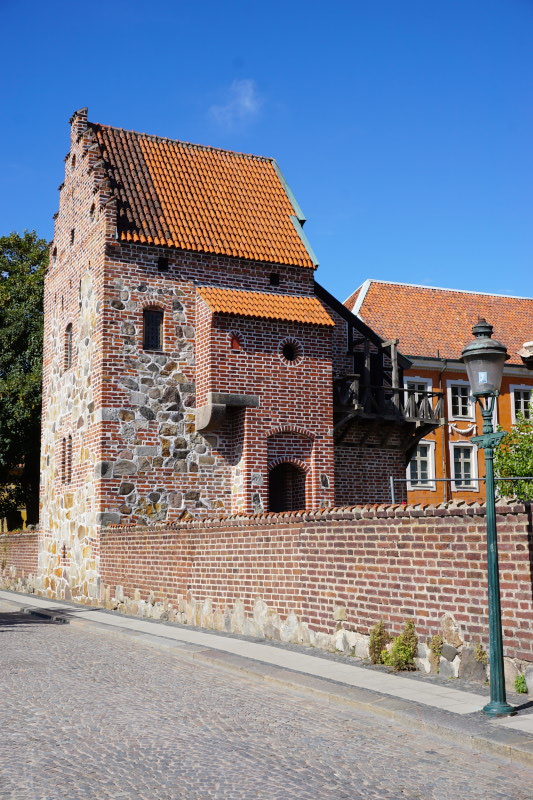

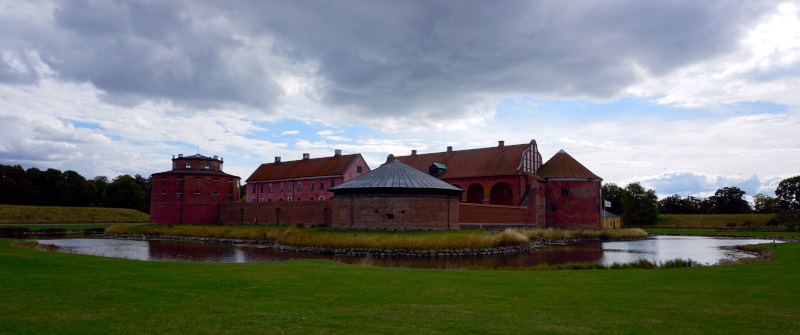
We concluded our stay in Sweden with our favourite activity. We hiked on Kullaberg, a partly densely forested peninsula with cliffs and grottos. It felt like a mixture of Swedish and Norwegian nature. A perfect ending to these stages of the trip. The next day we took the ferry from Trelleborg to Rostock. After 4 months (almost to the day), we said goodbye to the far north.








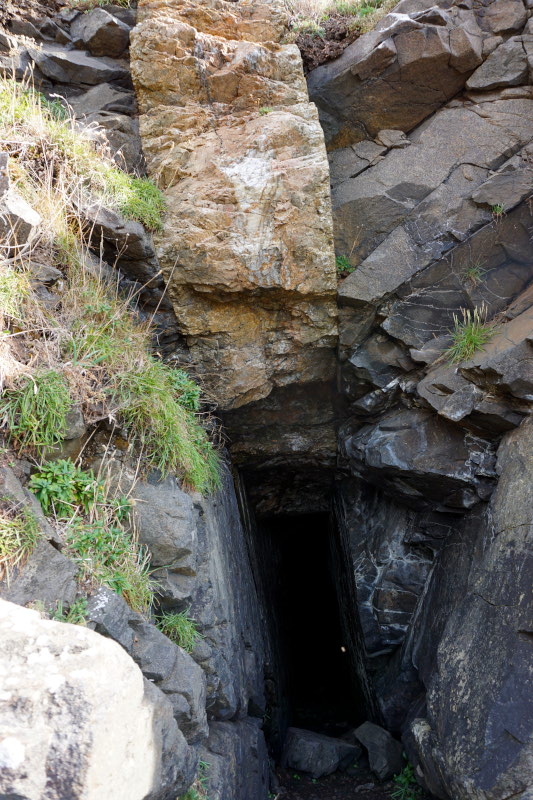
So, that’s it from the Scandinavian peninsula. But we already have our eyes on the next destinations. So stay tuned. Until then.




